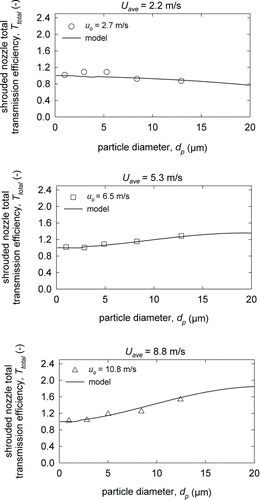Figures & data
FIG. 1 Photograph of a shrouded nozzle sampling system showing the shrouded inlet piece, the bend, and the outlet tube with the mounting assembly.
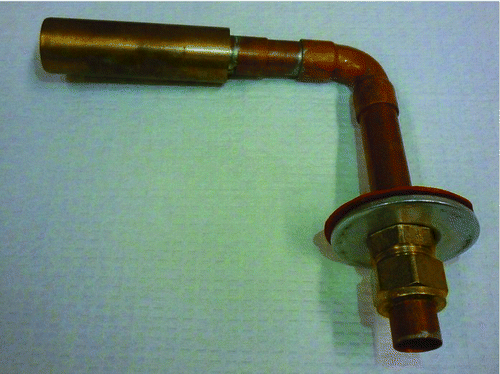
FIG. 2 Schematics (left) of a side view of a section through the centerline of the shrouded inlet and (right) of an end view of the inlet. Dimensions of defined parameters are also given. This figure is not drawn to scale.
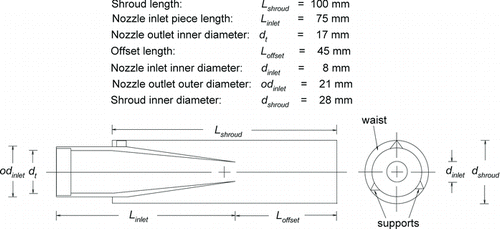
FIG. 3 Isokinetic buttonhook nozzle transport efficiencies versus particle diameter for the nominal air speeds of 2.2, 5.3, 8.8, and 9.0 m/s.
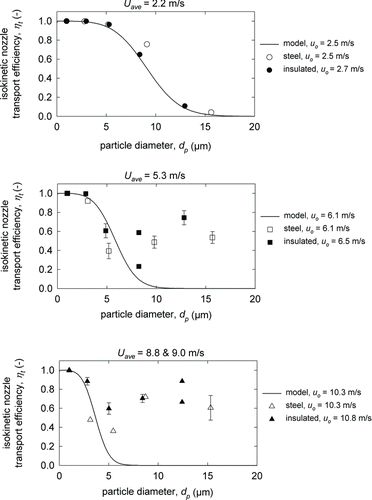
TABLE 1 Summary of absolute model-measurement error magnitudes for each component of the shrouded nozzle sampling system*
FIG. 4 Shrouded nozzle transport efficiencies versus particle diameter for the nominal air speeds of 2.2, 5.3, and 8.8 m/s.
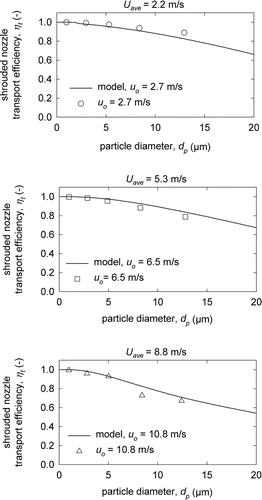
FIG. 5 Total aspiration efficiencies for the shrouded nozzle versus particle diameter for the nominal air speeds of 2.2, 5.3, and 8.8 m/s. The model utilizes EquationEquation (9) with individual aspiration efficiencies for the shroud and inlet nozzle calculated by EquationEquation (3).
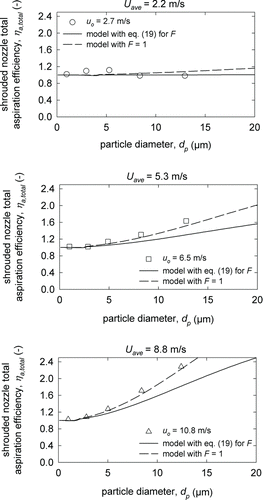
FIG. 6 Total transmission efficiencies for the shrouded nozzle versus particle diameter for the nominal air speeds of 2.2, 5.3, and 8.8 m/s. The model includes the empirical model for transport efficiencies and EquationEquations (3) and Equation(9) with F = 1 for total aspiration efficiencies.
